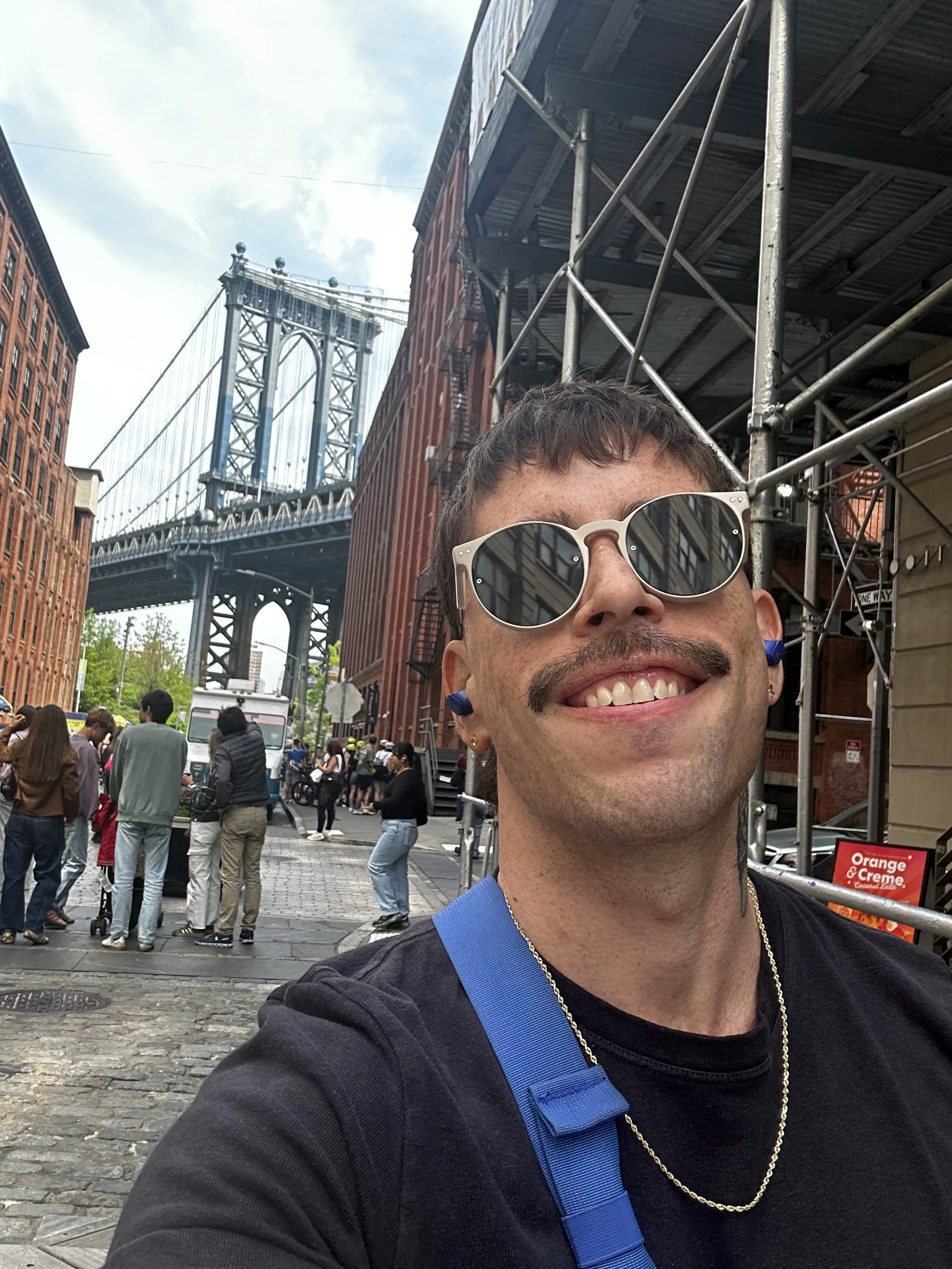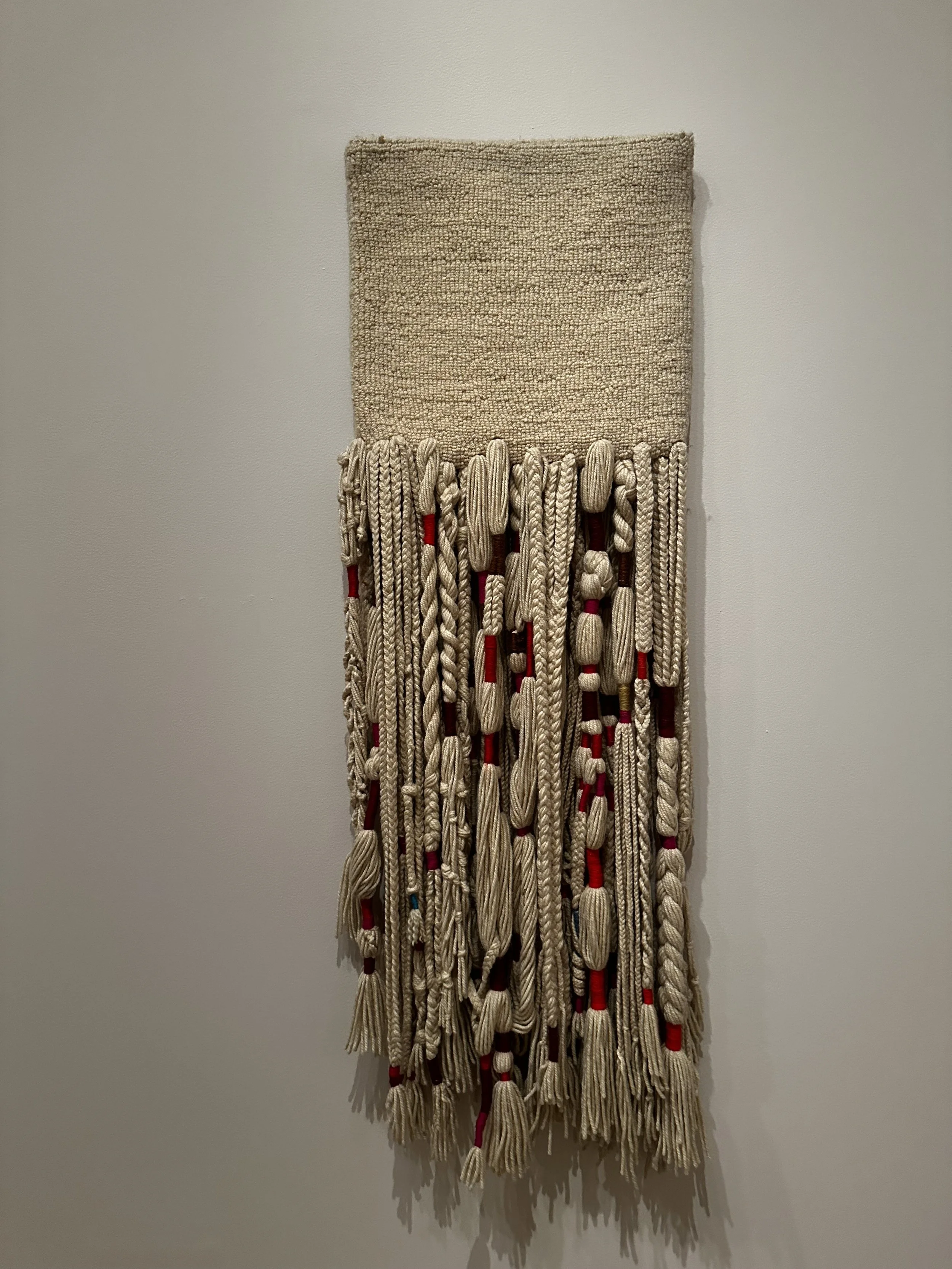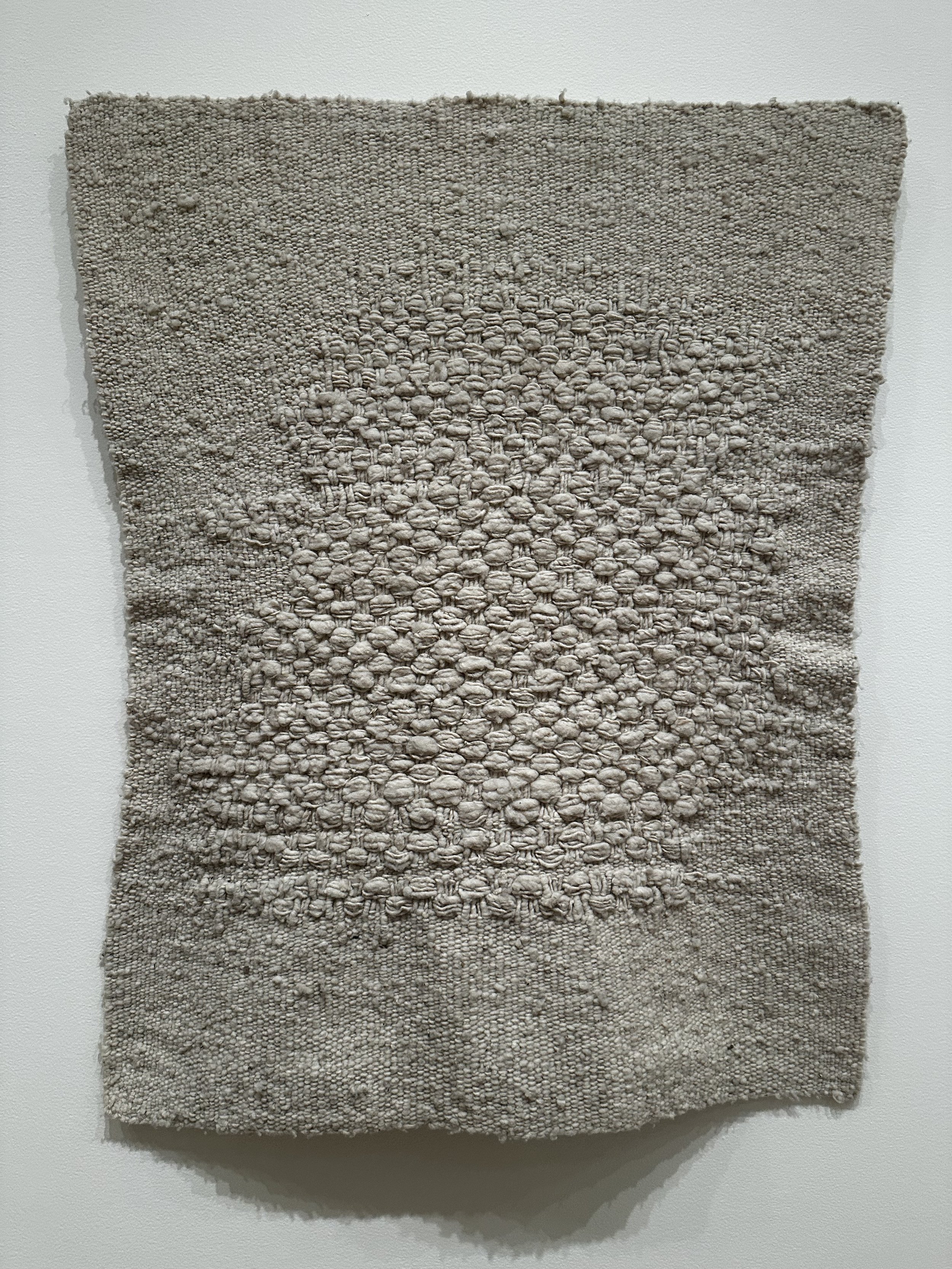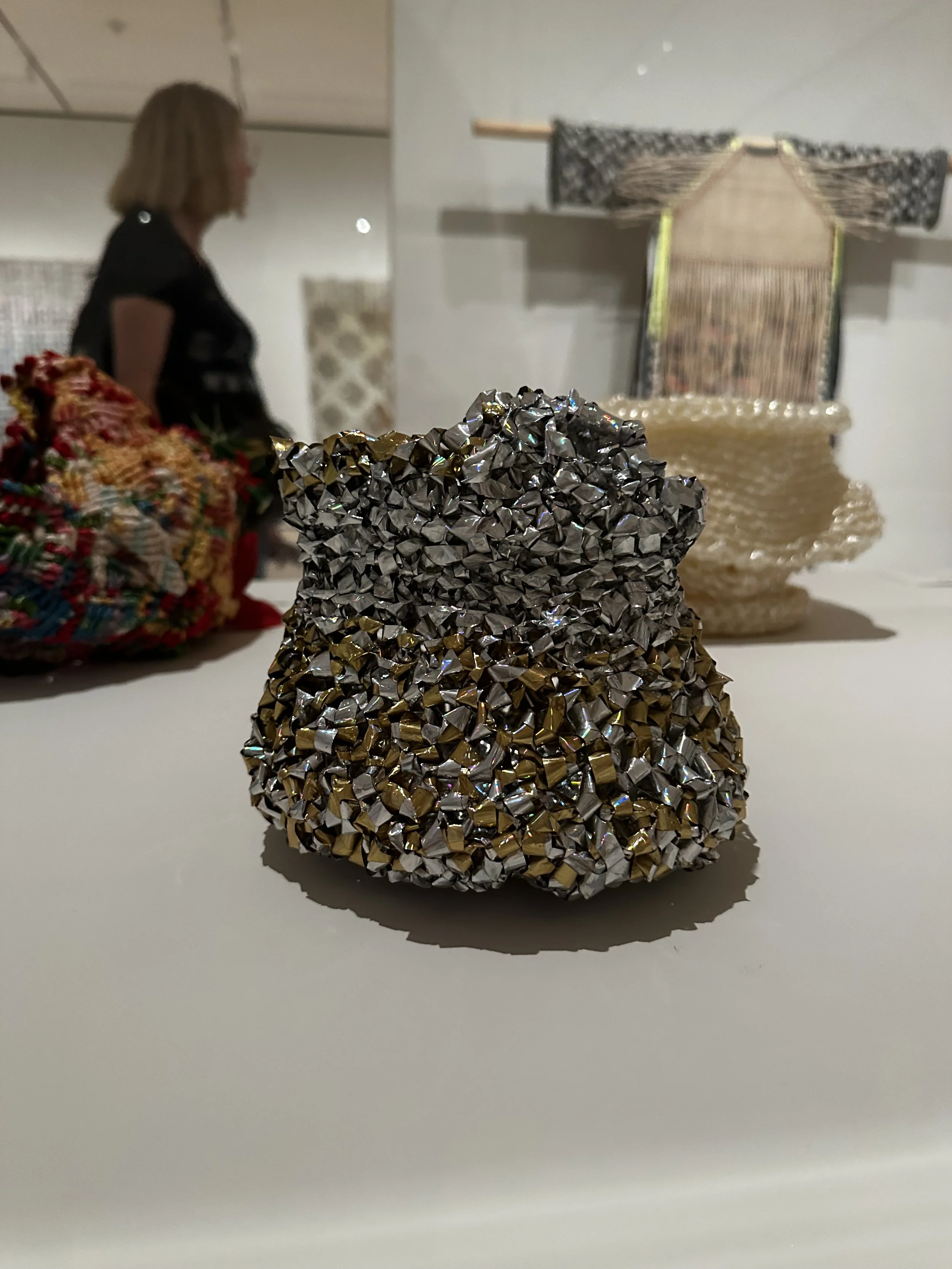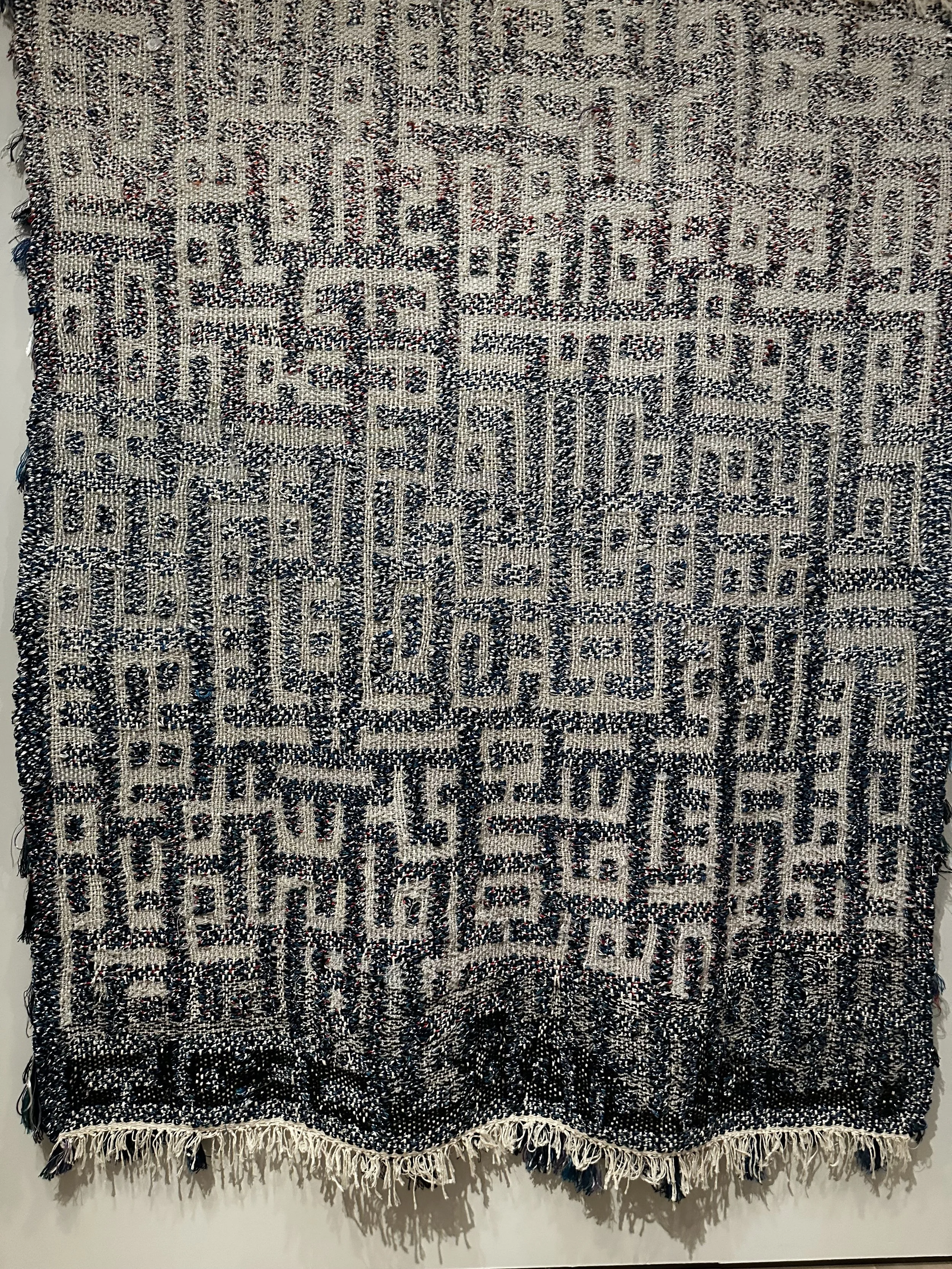A Day at MoMA with Tramando
Last week, I organized a field trip to New York City for the Tramando artists-in-residence at Taller Puertorriqueño, and our destination was the Museum of Modern Art to see the exhibition Woven Histories: Textiles and Modern Abstraction. It was a big day, packed with art and energy, and good memories.
Richie in cool sunglasses in DUMBO NYC (A Selfie)
I started the day early, hopping on a bus from Philly to New York. I met my sister for lunch in DUMBO, took the obligatory Manhattan Bridge selfie, and headed “into the city” (because yes, if you're from New York, Manhattan is the city). It was already warming up as I waited for the cohort and my two friends from NYC Emma and Johnny to gather down the block from MoMA. For some of the residents, it was their first visit to the museum—which made it even more special to see the exhibition through their eyes.
We were welcomed by Eddy Almonte, Associate Educator of Civic Engagement at MoMA, who I had been coordinating with for weeks to arrange this visit. He greeted us alongside Esther Adler, the curator of Woven Histories, and together they guided us through the show, which spans over a century of weaving in modern and contemporary art.
This group of Tramando residents had just completed a module where they learned traditional Mayan backstrap weaving from two master weavers from Guatemala. Bringing them to this exhibition felt like a natural bridge—connecting their hands-on learning with a broader visual and historical context of textile-based art.
Esther led us through the show chronologically, from the 1920s to the present, highlighting artists like:
Anni Albers, a Bauhaus-trained artist who revolutionized textile design with her geometric weavings and helped elevate fiber to a fine art form.
Sheila Hicks, known for her vibrant, sculptural fiber installations and deep explorations of global textile traditions.
Olga de Amaral, a Colombian artist whose woven and gilded pieces feel almost architectural—deeply rooted in material, mythology, and a sense of sacred space.
Seeing these works in person was moving, especially with a cohort of artists who had spent weeks thinking about labor, materiality, and lineage in their own weaving practices. One piece that really captivated the group was by Igshaan Adams, a queer Muslim South African artist. The work references both Islamic prayer rugs and the linoleum floor from his grandmother’s house—a convergence of sacred ritual and domestic memory. The scale, the shimmer, the intimacy—it left many of us speechless.
Igshaan Adams makes amazing work. This is beads!
Toward the end of the exhibition, the work became more eclectic—a mix of techniques, themes, and forms. While the range was impressive, it also felt slightly disjointed. And here's where I offer a gentle critique (not as a curator, just as a visitor and a weaver): I would’ve appreciated a more explicit connection between "craft" and "fine art", a deeper contextualization of the historical and cultural stakes of textile work. Indigenous references were minimal—or at least not made prominent enough to leave a lasting impression. It’s something I noticed, and I think it matters.
Still, I left deeply inspired. Some of the basketry pieces were incredible—particularly Katherine Westphal’s metallic crochet basket, which shimmered with foil and looked like it would crunch if you touched it (I wanted to touch it so badly). It got me thinking about how I might integrate basketry into my own weaving practice—something sculptural, something unexpected.
Returning to MoMA was also personally meaningful. I used to work there—back in 2013, when I was juggling a full-time job in Visitor Services and double shifts at a restaurant just to make ends meet. I’d clock out of the museum at 4 PM, head to the restaurant, work until 2 AM, and do it all again the next day. It was a lot. But it was also how I stayed connected to art—through exhaustion, through hustle, through that early-20s, do-whatever-it-takes mentality.
These days, I find myself on the other side of things—helping bring artists to the museum, coordinating with curators, and facilitating access in ways I once needed myself. My survival jobs are behind me (for now), and my art practice has become deeply intertwined with the community work I do. There's a sense of mentorship and responsibility that comes with this role—one I’m still growing into, but thankful for.
I left New York feeling energized—grateful for the conversations, the company, and the chance to see weaving presented in so many powerful forms. I came back to Philly with fresh perspective, new ideas, and the itch to get back into the studio.
Maybe even try my hand at basketry.


